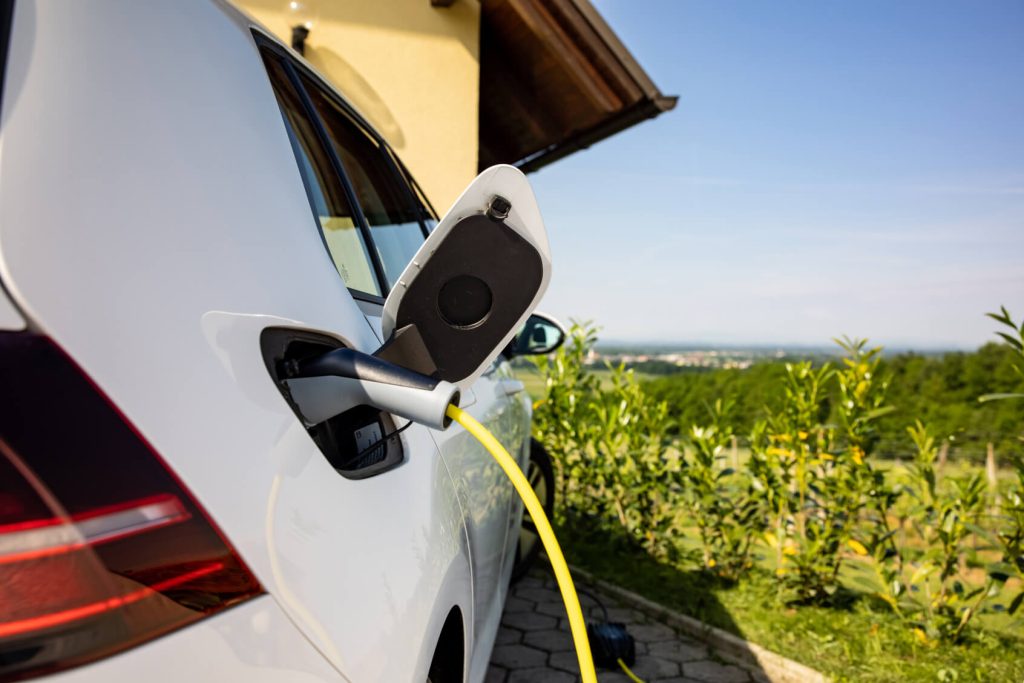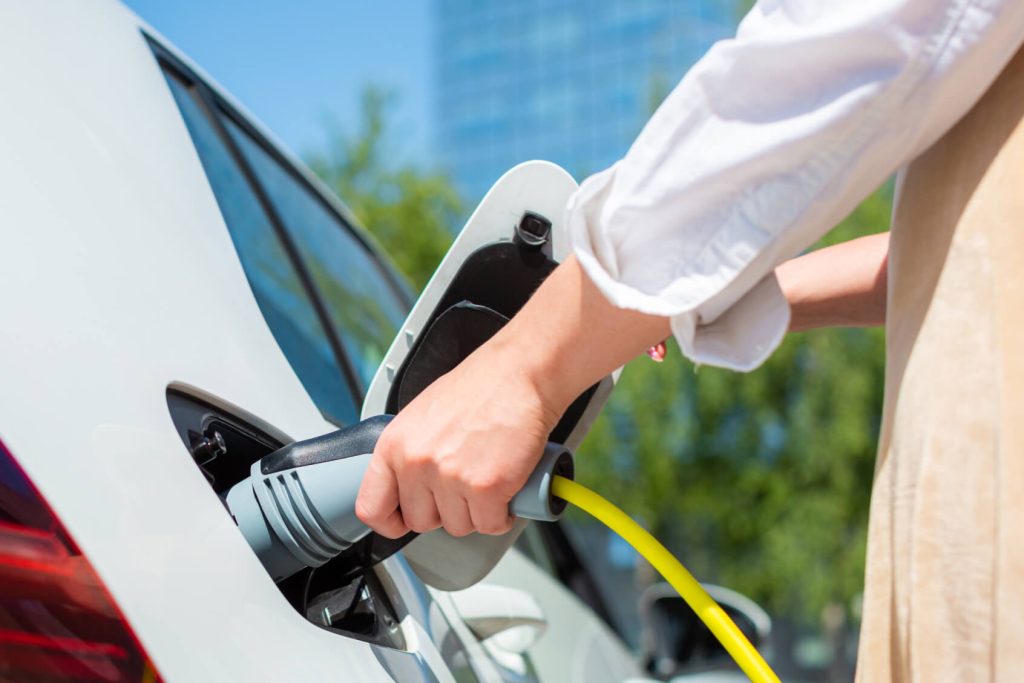The revolution in the world of cars does not happen overnight, but it comes through increasingly efficient and eco-friendly engines that change our way of seeing mobility in small steps. The different types of hybrid cars on the market: mild hybrid, full hybrid, and plug-in hybrid, each with unique qualities and characteristics, are dramatically increasing their diffusion among buyers, aided by the various new models envisioned by the designers of major automotive houses, available for every price range, from the most affordable city cars to spacious SUVs.
Hybrid cars represent the ideal solution for those motorists looking to overcome the limitations imposed by traditional driving, and who are in search of a perfect synergy between electric and internal combustion engines. Before making your choice, if you are interested in taking the first step towards greener and more efficient mobility, it is good to delve into the peculiarities of the different types of engines in detail. Understanding the various aspects of hybrid cars can simplify your daily life, achieving the performance you want while reducing your ecological footprint.From the busiest urban roads to the endless spaces outside the cities, hybrid cars pave the way for the desire for freedom and respect for the ecosystem, representing the ideal combination to achieve brilliant performance with the least emission of harmful substances, without compromising the balance of an increasingly fragile planet.
Mild Hybrid: So Agile It Catches Your Attention
One of the major trends in the sector is represented by mild hybrid engines, appreciated by enthusiasts and increasingly sought after because they combine the best of electric and combustion engines. By pairing the capabilities of a compact electric engine with the traditional engine, significant gains in performance can be achieved, with a beneficial effect on consumption as well.
The mild hybrid is a light and economical hybrid solution. It began to emerge as an engine response by manufacturers to comply with the stricter limitations introduced over the years by various national and international regulations, with a niche of cars, such as the 1999 Honda Insight, paving the way for a new way of understanding mobility.

The small electric engine supports the combustion engine in phases where it is under the most strain, during start-up or acceleration, recharging thanks to the energy recovery system stored during braking and deceleration phases. This solution makes driving smooth and fluid, which, combined with the Start&Stop system, extends the overall life of the engine.In the long term, several full tanks of fuel can be saved and the emissions of significant amounts of CO2 can be reduced, safeguarding the environment thanks to a quiet and efficient electric engine.
The mild hybrid is a step forward in the race towards more conscious mobility and a useful solution if you live in areas where electric mobility is still less widespread, or if you are looking for an affordable vehicle with a responsive, high-performance engine that is also respectful of the ecosystem.
Full Hybrid: Full in Autonomy, Hybrid at Heart
Full hybrid engines are a step further in the race towards zero-emission mobility. Unlike the mild hybrid, the full hybrid can move using just the electric engine, or the internal combustion engine, offering greater flexibility depending on different driving situations.
This means that the vehicle can operate in completely electric mode, with zero emissions, for short trips or in congested traffic situations, ensuring a quiet and relaxing driving experience, perhaps with the comfort of the sound of your favourite song, outside the disturbance of traditional engine noises.

The key to the success of full hybrids lies in the batteries adopted: larger and more powerful than other hybrid solutions. This allows for significant distances to be covered in full electric mode, giving us, for a few kilometres, the pleasure of travelling with total electric autonomy, which varies depending on the model and driving conditions.
Full hybrids are not only capable of giving pleasure, but also adrenaline and emotions. The Toyota Prius – an example of a successful full hybrid car introduced as early as 1997 and the first among hybrid engines to win the “Car of the Year” award in Europe in 2003 – was the protagonist of a real adventure in 2013: the University of Queensland in Australia used this car model for its explorations in the almost inaccessible areas of the Daintree rainforest, proving once and for all the reliability of these vehicles and their versatility.
This makes full hybrids the choice to make if you are looking for an ecological vehicle but are not yet ready to switch to a fully electric vehicle, if you are looking for more sustainable driving but do not want to give up the versatility of an internal combustion engine.
Plug-In: Long-Range Hybrid Freedom
An advanced hybrid solution, among the most sought-after and popular. Plug-in hybrid vehicles stand out from other types of hybrids due to the presence of a large battery that can be directly charged to the vehicle via a power socket, wallbox, or public or domestic charging station, it is possible to utilise electricity from renewable sources, drastically reducing carbon emissions and fuel costs.
Plug-in hybrid cars are also flexible because they allow you to switch from electric mode to traditional mode when the battery runs out, which allows for practically unlimited range and enables even the longest journeys without having to worry about finding charging stations along the routes or when you are in less travelled areas.
With this technology, sustainability and performance join forces to create an intelligent system with which to venture on any type of route. In this way, we fully enter a future where electric mobility becomes part of everyday life and provides the best tools for becoming passionate about the world of EVs and their potential.As hybrid cars and domestic charging stations continue to spread increasingly on our roads, so does interest in a future that we can look at with enthusiasm. A world where mobility, speed, ecology, and respect for the ecosystem are not in contradiction, but meet, and in which hybrid cars, of every type, in this journey represent the most natural and instinctive link that many people make to access a new era of transport: innovative, clean, aware.

